
The various tones of the color coral are orange, red and pink representations of the colors of those cnidarians known as precious corals.

Navy blue is a dark shade of the color blue.

Azure is the color between cyan and blue on the spectrum of visible light. It is often described as the color of the sky on a clear day.

Lavender is a light shade of purple or violet. It applies particularly to the color of the flower of the same name. The web color called lavender is displayed adjacent—it matches the color of the palest part of the lavender flower; however, the more saturated color shown as floral lavender more closely matches the average color of the lavender flower as shown in the picture and is the tone of lavender historically and traditionally considered lavender by the average person as opposed to those who are website designers. The color lavender might be described as a medium purple or a light pinkish-purple. The term lavender may be used in general to apply to a wide range of pale, light, or grayish-purples, but only on the blue side; lilac is pale purple on the pink side. In paints, the color lavender is made by mixing purple and white paint.
Turquoise is a blue-green color, based on the mineral of the same name. The word turquoise dates to the 17th century and is derived from the French turquois, meaning 'Turkish', because the mineral was first brought to Europe through Turkey from mines in the historical Khorasan province of Iran (Persia) and Afghanistan today. The first recorded use of turquoise as a color name in English was in 1573.
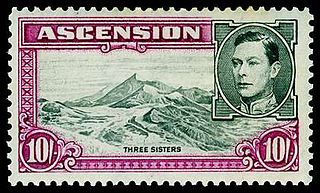
Red-violet refers to a rich color of high medium saturation about 3/4 of the way between red and magenta, closer to magenta than to red. In American English, this color term is sometimes used in color theory as one of the purple colors—a non-spectral color between red and violet that is a deep version of a color on the line of purples on the CIE chromaticity diagram.
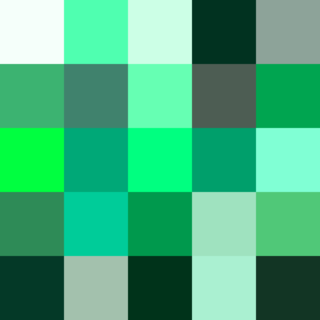
Spring green is a color that was traditionally considered to be on the yellow side of green, but in modern computer systems based on the RGB color model is halfway between cyan and green on the color wheel.

Sapphire is a saturated shade of blue, referring to the gem of the same name. Sapphire gems are most commonly found in a range of blue shades although they can be many different colors. Other names for variations of the color sapphire are blue sapphire or sapphire blue, shown below.

Heliotrope is a pink-purple tint that is a representation of the colour of the heliotrope flower.
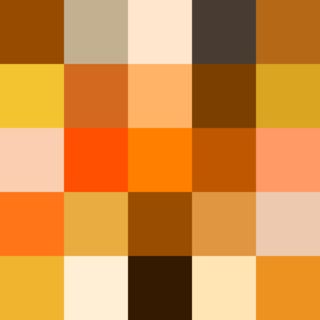
In optics, orange has a wavelength between approximately 585 and 620 nm and a hue of 30° in HSV color space. In the RGB color space it is a secondary color numerically halfway between gamma-compressed red and yellow, as can be seen in the RGB color wheel. The complementary color of orange is azure. Orange pigments are largely in the ochre or cadmium families, and absorb mostly blue light.
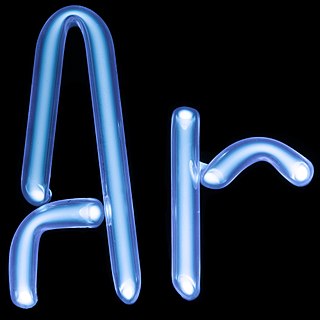
Electric blue is a color whose definition varies but is often considered close to cyan, and which is a representation of the color of lightning, an electric spark, and the color of ionized argon gas; it was originally named after the ionized air glow produced during electrical discharges, though its meaning has broadened to include shades of blue that are metaphorically "electric" by virtue of being "intense" or particularly "vibrant". Electric arcs can cause a variety of color emissions depending on the gases involved, but blue and purple are typical colors produced in the troposphere where oxygen and nitrogen dominate.

Varieties of the color green may differ in hue, chroma or lightness, or in two or three of these qualities. Variations in value are also called tints and shades, a tint being a green or other hue mixed with white, a shade being mixed with black. A large selection of these various colors is shown below.

Pink colors are usually light or desaturated shades of reds, roses, and magentas which are created on computer and television screens using the RGB color model and in printing with the CMYK color model. As such, it is an arbitrary classification of color.
Livid is a medium bluish-gray color. This color name comes from the Latin color term lividus meaning "'a dull leaden-blue color', and also used to describe the color of contused flesh, leading to the English expression 'black and blue'". The first recorded use of livid as a color name in English was in 1622.

Varieties of the color blue may differ in hue, chroma, or lightness, or in two or three of these qualities. Variations in value are also called tints and shades, a tint being a blue or other hue mixed with white, a shade being mixed with black. A large selection of these colors are shown below.

Variations of gray or grey include achromatic grayscale shades, which lie exactly between white and black, and nearby colors with low colorfulness. A selection of a number of these various colors is shown below.
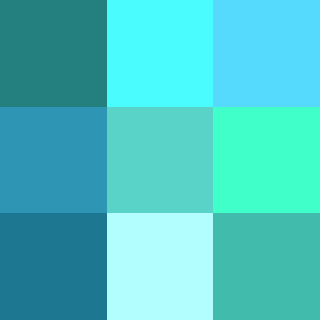
The color cyan, a greenish-blue, has notable tints and shades. It is one of the subtractive primary colors along with magenta, and yellow.
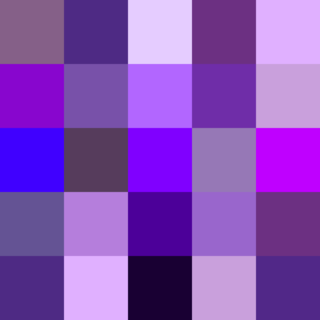
Violet is a color term derived from the flower of the same name. There are numerous variations of the color violet, a sampling of which are shown below.
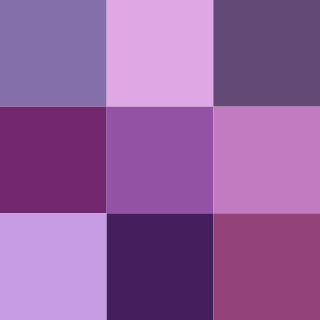
There are numerous variations of the color purple, a sampling of which are shown below.

Rose is the color halfway between red and magenta on the HSV color wheel, also known as the RGB color wheel.









